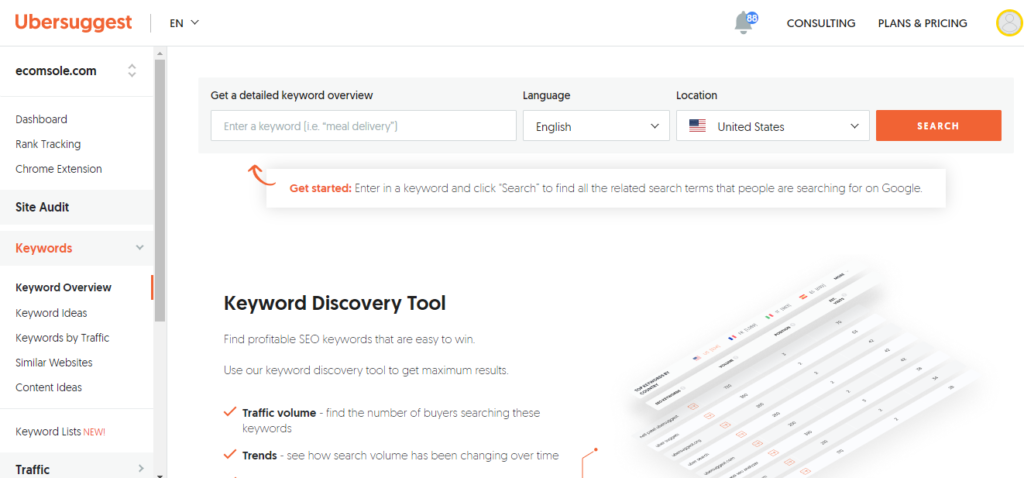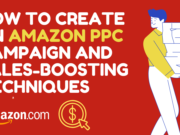To target keywords effectively, it’s essential to use the right keywords in the right places. This includes the Title, Internal linking, Image Alt text, and Long-tail keywords. Hopefully, they’ll help you improve your ranking and create more traffic.
Article Title:
Using focused keywords in your blog posts is essential for SEO purposes. They set the direction of your content and increase your chances of reaching the right audience. It would help if you also remembered that search engines sum up web pages based on the keywords you use inside the content. They have developed sophisticated technology, and crawlers can now judge the quality of your material.
To get started, make sure your title has SEO-optimized keywords. These will help search engines determine where to rank your content. Many top marketers have shared their techniques for title optimization, so take advantage of it! Using these strategies, you may improve your rankings and make your content more visible on social media.

Additionally, make sure to vary the keywords you employ across your website. For example, product and service pages should target commercial keywords, while blog posts should target informational ones. Ensure you do not target the same keyword in multiple locations because this will hurt your website’s SEO efforts.
Another effective strategy is to use SEO-friendly subheadings. These make your posts more attractive to readers and help your website’s ranking on Google. People often skim articles, looking for content that resonates with their needs. If you don’t give them the information they want, they will quickly leave your site and move on to another article.
Longtail keywords might be included in your titles. These will help you attract visitors who will convert. These readers will read your blog posts and sign up for your newsletter. They may purchase products you sell.
Image Alt Text:
Use appropriate alt text for your photographs when targeting keywords in your blog posts. This will facilitate the recognition of your website by search engines and increase traffic to it. You’ll do better in the search engines if your alt text is more detailed. If you have an image of Tom Brady throwing a ball, include specific details in your alt text.

Right-click the image and choose “Inspect element” to add alt text. You can also use the control key + click to perform the same procedure. It’s essential to add your target keywords in the alt text, but avoid stuffing it with keyword phrases – this will negatively affect user experience and make your site look spammy.
Using target keywords in the alt text is crucial, especially if you’re using longtail keywords. For example, your article’s head keyword may be “how to use planograms,” but naturally, it may be challenging to use “how to” in your alt text. That’s why you should try to use semantic keywords instead.
In addition to providing a better user experience, alt text helps your images appear in image search results. People don’t necessarily want to view the standard blue hyperlinked search results when they use Google image search. They’d rather see the image embedded in the post. They will then be able to comprehend it more fully.
Internal Linking:
The first place to target keywords in your blog posts is the title. This will enhance the likelihood that search engines will rank your post higher. Plus, it will show your audience what your post is about. Using everyday language when writing a title is the best approach. You can use related phrases and variations of the keywords you are targeting.
Another way to target keywords in your blog posts is by avoiding jargon. It would help if you did not overdo it with keywords because this will make your content unreadable to your readers. Don’t use too many keywords in one post if you only utilize one keyword. Too many keywords will make your blog content look spammy to the search engines, hurting your ranking. An excellent way to target keywords is to use longtail keywords.

The best way to write an effective blog post is to keep the audience in mind. Once you have written the content, check it for SEO and edit it to maximize its effectiveness. This will guarantee that your material is helpful to real people and search engines. This way, you can write a blog post that gets a lot of traffic and ranks your blog higher on search engines.
Using the keyword research tools from Ahrefs and Google Search Console will help you determine how effective your blog posts are for a specific keyword. Use just the keywords that are relevant to your business.
Read More Here: Keyword Research SEO
Long-Tail Keywords:
Longtail keyword targeting is a fantastic approach to increase your marketing efforts and draw in targeted, high-quality traffic. The key is to find the right keywords and create relevant content. Making use of a service like UberSuggest is one method to accomplish this. This tool allows you to type in a longtail keyword and generate several suggestions related to the topic.

Linking longtail keywords to category pages and cornerstone content is also essential. This helps Google understand how your website is organized and the most important pages. You should also include internal links in your blog content for SEO purposes. This can make your posts more search engine-friendly and attract more visitors.
The URL of your content is another vital consideration. Search engines look at the URL to understand the post, so you want it to include one or two longtail keywords. Also, don’t forget to include a meta description on your posts, which is a bit longer than the URL.
Another way to find longtail keywords is to conduct keyword research. There are several free tools for keyword research. Google Analytics is among the best tools. It is an excellent way to track how much traffic you’re getting and which keywords are driving it. You can even use this tool to check the competitiveness of different keywords.
Compared to general keywords, longtail keywords are more targeted and precise. They have a higher conversion rate. These keywords are often five to fifteen words long. Although their volume is lower, they still account for a high percentage of searches on Google.
Content Direction:
When writing blog posts, it’s imperative to target keywords. Compared to general keywords, longtail keywords are more targeted and precise. These have a higher chance of drawing traffic and converting. Also, longtail keywords are more likely to attract site visitors who will read your entire post. Using keywords strategically throughout your blog posts will ensure that your articles rank higher in search results.
You can utilize Keywords Explorer to search at the top results and identify the appropriate keywords. This tool also displays the top results in your country. Click on the “SERP” caret and look at the ultimate results. Then, ensure your content is in the same style as those results.

Use SEO-friendly subheadings as well to make your articles easier to read. Search engines penalize websites that overuse keywords, so it’s vital to ensure your keyword usage is consistent. You’ll also need to include your target keyword in your URL. For instance, consider including your target keyword in your title, URL, and description if you’re writing about fitness.
Always keep in mind your reader’s experience when writing blog content. The user experience includes not only readability but also page speed and formatting. Write content that’s comprehensive and clear. Use headings to help readers quickly scan your content. On-page components, such as images and videos, will also slow down your page. Ensure that the photos and videos you use aren’t bigger than 250KB and have a maximum of 3 videos.
Changing the URL of your blog post is a mistake that may throw your SEO efforts off track. Changing the URL will make your content more generic and less informative than you intended. This is because search engines tend to favour websites with easy-to-understand URLs.






















































